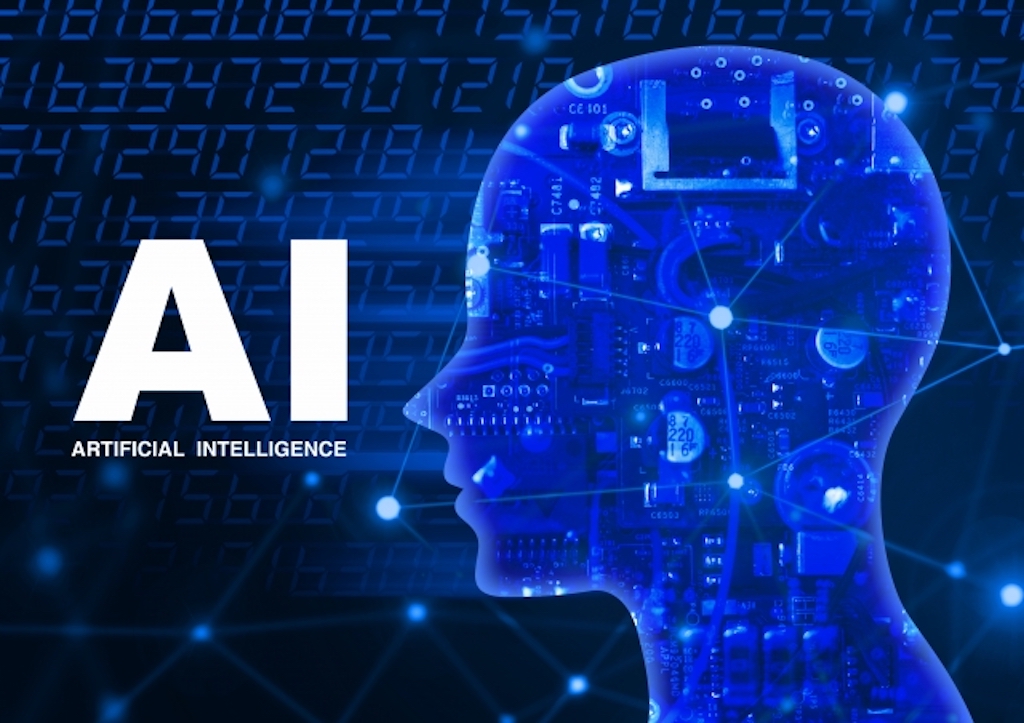Artificial Intelligence (AI) Applications in 2024
Artificial Intelligence (AI) Applications in 2024-Artificial intelligence will have a more profound impact on humanity than fire, electricity, and the internet.” These are the words of Sundar Pichai, the CEO of Alphabet. While the claim might seem far-fetched, there is no questioning the potential of AI. From providing personalized marketing to pregnancy management, the possibilities are endless.
In 2024, the new trends that AI will bring about are something that organizations across the world are curious about. In this article, we will look at AI trends for the next year and beyond. We might be witness to these trends and get to see the kind of impact that they will have on businesses and humans alike.
AI trends for Artificial Intelligence (AI) Applications in 2024 and beyond:
There has been an increase in digital transformation across a variety of industries, a phenomenon that happened faster than expected, thanks to the pandemic. It is expected that there will be significant innovations in these technologies in the year 2024. Let us see what the next year brings us in the world of artificial intelligence.

1. Natural Language Processing
Without a doubt, NLP is one of the most used AI technologies. Its specialty is that it comprehends human talk and reduces the necessity to type or interact with a screen. AI-powered devices can turn human languages into computer codes which can efficiently run applications and programs.
OpenAI, recently released GPT-3, which is considered the most advanced NLP ever. GPT-3 consists of more than 175 billion parameters which are used for language processing. OpenAI is on the works for GPT-4, and it is speculated that it may contain 100 trillion parameters. With GPT-4, we are on the verge of creating machines that can engage with humans in a way that is as good as real.
2. Metaverse
https://ourfutureinvestment.com/?p=60It is a virtual world, just like the Internet, where people can work and interact with the help of immersive experiences. A total of $106 million was spent on virtual land in the metaverse. AI and ML will be the technologies that propel the metaverse forward. They will help enterprises create a virtual world where users will feel at home with virtual AI chatbots.
3. Greater focus on model governance
Businesses want to increase the bottom line, but they also want to be compliant with all regulations. It is a tussle between the two as one might not necessarily help the other. Thankfully, this is where responsible AI becomes an important factor in model (data) governance. It will bring in more transparency and visibility while ensuring that in the thirst to increase revenue, businesses do not fail to follow guidelines.
Many AI models keep breaking down while running in production. Having a proper AI model governance will bring more accountability and traceability into the equation. With more companies embracing AI, implementing an AI model governance will be so pivotal to following guidelines and being compliant with all regulations.
4. More localized AI/ML models
Everyone knows that the strength of an AI/ML model is derived from the data that it is fed. With businesses relying on such models to grow, they need to be careful of the external factors that can affect the outcome that they desire. That’s exactly why businesses need to experiment with localized AI/ML models so that they have a clear understanding of the demographics that they are dealing with.
The first few versions of your AI/ML model might bring in a lot of success. But when you move further, it can become much harder as the use cases will keep differing. For example, your AI model might work perfectly well in North America, but it will fail when you are looking at markets in Europe. With localization, you will be able to adjust the differences and get accurate AI/ML models.
5. More jobs for governance
Bias in algorithms can come from a lack of model governance, and it will be a huge concern in 2022 and beyond. Making sure that AI/ML models don’t make bad decisions or develop biases is not a simple task. Amazon realized in 2015 that its algorithm for hiring employees was biased against women. Why did it happen? They realized that the algorithm was based on the resumes submitted over the past ten years, and since most of them were men, it was trained to be biased against women. Twitter also recently admitted that its algorithm favored right-wing politicians and news outlets.
The above examples are exactly why you will see a rise in positions such as Chief AI Officer, Chief AI Compliance Officer, and so on. Their job would be to see the failure of such potential issues. While instances such as these will be few and far between, it will certainly see a jump because of the rapid adoption of AI/ML.
6. Low-code or No-code AI
The number of skilled AI engineers doesn’t meet the demand in the market. Organizations require engineers who can develop the necessary tools and algorithms. Thanks to low-code and no-code solutions, this issue can be addressed just by providing intuitive interfaces that can be used to create complex systems.
Most of the low-code solutions have drag-and-drop modules which makes it easy to build applications. No-code/low-code AI systems can be used to create smart applications with the help of pre-created modules and adding specific data into them. By using NLP and language modeling technologies, voice-based instructions can be given to complete tasks. Check out our recent blog on “Are Citizen Developers Getting the Output They Need from Low Code Platforms.